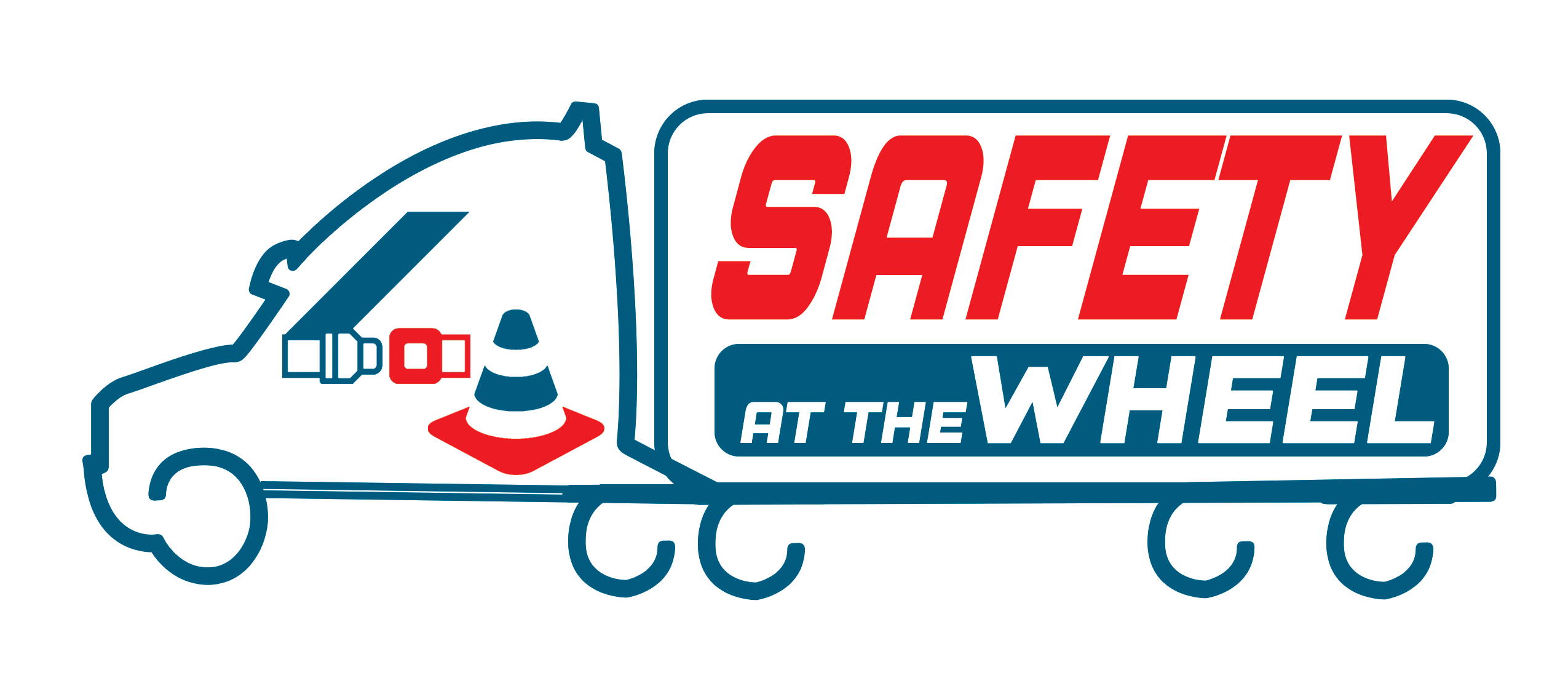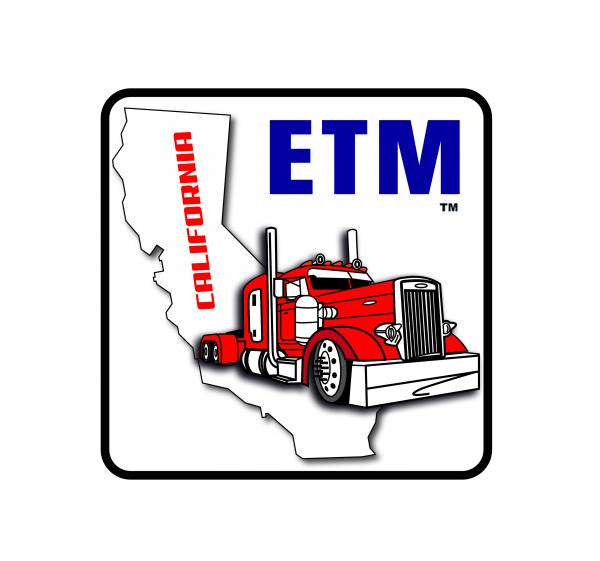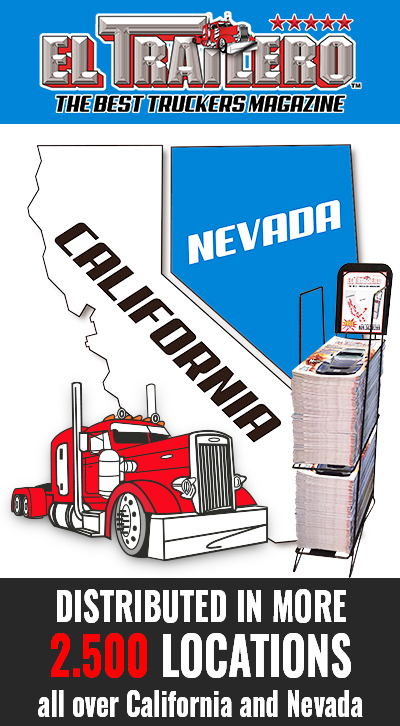🎅 ¡Merry Christmas! 🎁
We wish you a Christmas filled with joy and hope..
We wish you a Christmas filled with joy and hope..


One of the leading causes of accidents involving commercial vehicles on the road is improperly secured cargo. To prevent these incidents, the Federal Motor Carrier Safety Administration (FMCSA) has established clear and mandatory cargo securement regulations, applicable in California and across the United States.
These standards are outlined in Title 49 of the Code of Federal Regulations (CFR), Part 393, Subpart I, and aim to ensure that cargo remains stationary during transport, preventing shifts, tip-overs, or spills that could endanger both drivers and other road users.
What Does the FMCSA Require?
This includes checking tensioners, anchor points, and the condition of tie-downs.
Special Requirements for Certain Cargo
Consequences of Non-Compliance
Failure to comply with FMCSA securement regulations can result in fines, a loss of points during BIT inspections, and, in serious cases, vehicle immobilization.
Moreover, accidents caused by improperly secured cargo can expose drivers and companies to civil or even criminal liability.
Proper cargo securement is not just a legal requirement — it´s a fundamental act of professional responsibility.
Safety starts the moment the cargo is loaded onto the truck.
Since June, the FMCSA has required medical examiners to electronically submit commercial drivers’ physical exam re...
read more...In August, the U.S. trucking industry faced an unexpected setback: Secretary of State Marco Rubio announced the temporar...
read more...For truckers and small transportation business owners, choosing the right legal structure is not just paperwork—it...
read more...After the intensive Brake Safety Week in August, California’s compliance and highway safety calendar for the truck...
read more...

